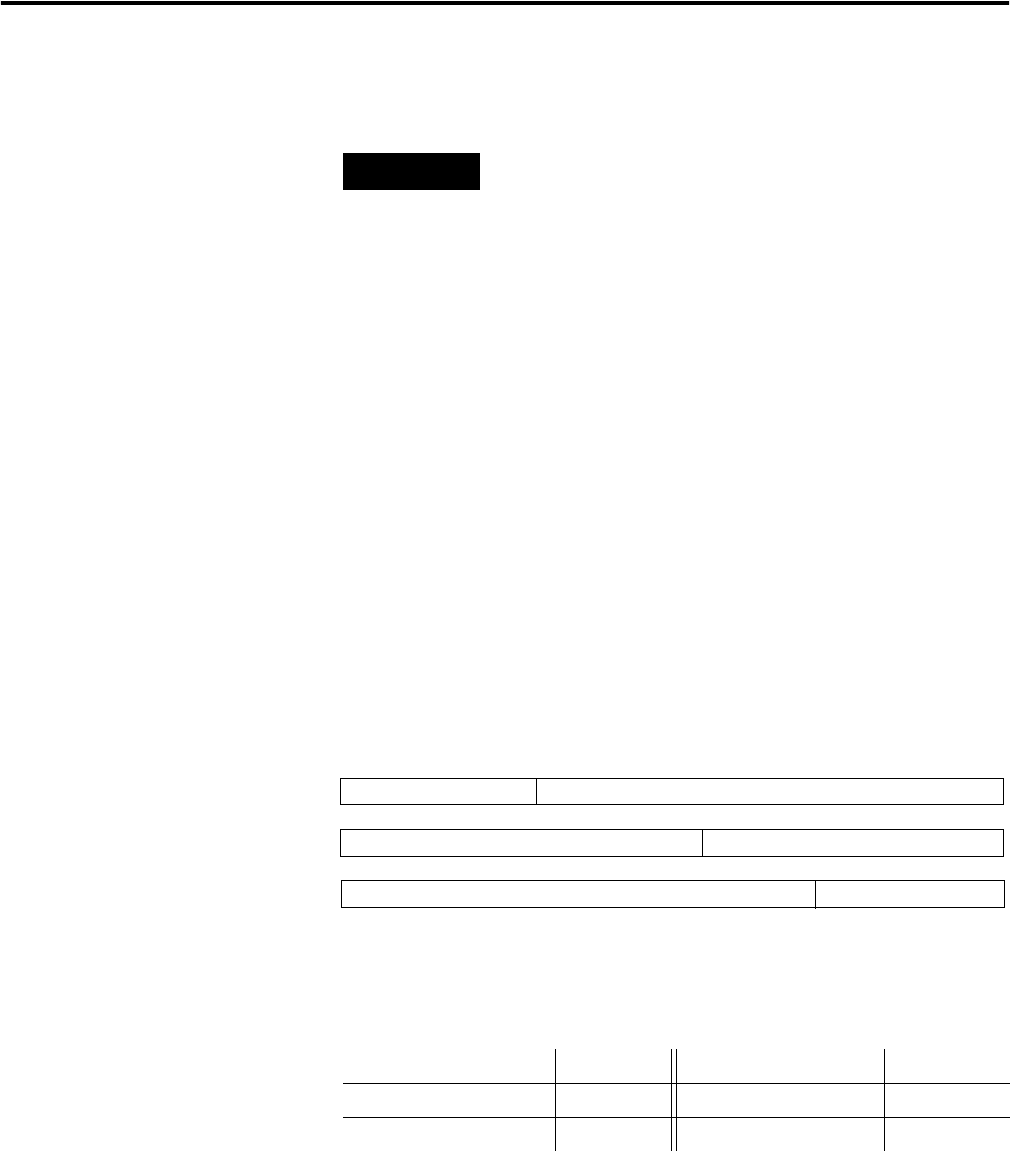supporting Sequence of Events
Table Of Contents
- 1732E-UM002A-EN-E 1732E EtherNet/IP ArmorBlock Supporting Sequence of Events User Manual
- Important User Information
- Table of Contents
- Preface
- Chapter 1 - About 1732E ArmorBlock Modules
- Chapter 2 - Module Overview
- Chapter 3 - Use the Module in an ArmorBlock System
- Chapter 4 - Install Your Module
- Chapter 5 - Configure the Module for Your EtherNet/IP Network
- Chapter 6 - Configure the Module Using RSLogix 5000
- Introduction
- Set Up the Hardware
- Create the Example Application
- Configure Your I/O Module
- Overview of the Configuration Process
- Add a New Bridge and Module to Your RSLogix 5000 Project
- Use the Default Configuration
- Change the Default Configuration
- Download Your Configuration
- Edit Your Configuration
- Access Module Data in RSLogix 5000
- Configure RSLogix 5000 and the 1756-EN2T Communication Module for CIP Sync
- Chapter Summary and What’s Next
- Chapter 7 - Module Features
- Introduction
- Determine Module Compatibility
- Module Features That Can Be Configured
- Chapter Summary and What’s Next
- Chapter 8 - Using the Module
- Chapter 9 - Interpret Status Indicators
- Chapter 10 - Troubleshoot the Module
- Appendix A - ArmorBlock 2 Port Ethernet Module Specifications
- Appendix B - Module Tags
- Appendix C - 1732E EtherNet/IP ArmorBlock Supporting Sequence of Events Data Tables
- Appendix D - Connect to Networks via Ethernet Interface
- Appendix E - 1732E ArmorBlock I/O Embedded Web Server
- Glossary
- Index
- How Are We Doing?
- Back Cover

Publication 1732E-UM002A-EN-P - March 2010
18 Configure the Module for Your EtherNet/IP Network
If the module needs to be reset to factory defaults, set the switches on the
module to the value 888 and then cycle power to the module.
IP Address
The IP address identifies each node on the IP network (or system of
connected networks). Each TCP/IP node on a network (including your
module) must have a unique IP address.
The IP address is 32 bits long and has a net ID part and a Host ID part.
Networks are classified A, B, C, (or other). The class of the network
determines how an IP address is formatted.
You can distinguish the class of the IP address from the first integer in its
dotted-decimal IP address as follows:
Each node on the same logical network must have an IP address of the same
class and must have the same net ID. Each node on the same network must
have a different Host ID thus giving it a unique IP address.
IMPORTANT
If using the BootP/DHCP utility, you will need to know the
Ethernet hardware address of your module. Rockwell assigns
each module a unique 48-bit hardware address at the factory.
The address is printed on a label on the side of your module. It
consists of six hexadecimal digits separated by colons. This
address is fixed by the hardware and cannot be changed.
If you change or replace the module, you must enter the new
Ethernet hardware address of the module when you configure
the new module.
Class C
Net ID
Host ID
Class B
Net ID
Host ID
Class A
Net ID
Host ID
0
0
0
1 0
1 1 0
0
78
31
15 16
31
23
31
24
Classes of IP Addresses
Range of first integer Class Range of first integer Class
0…127 A 192…223 C
128...191 B 224…255 other










